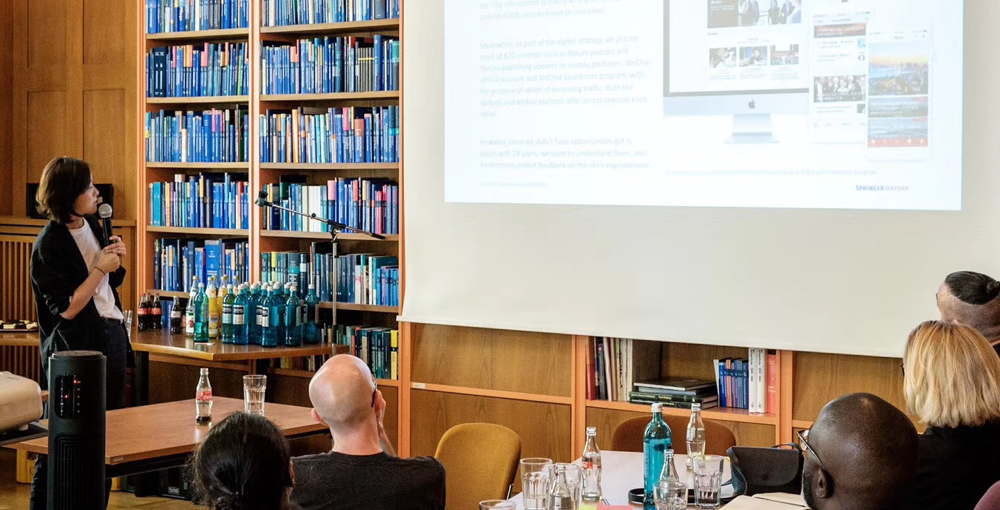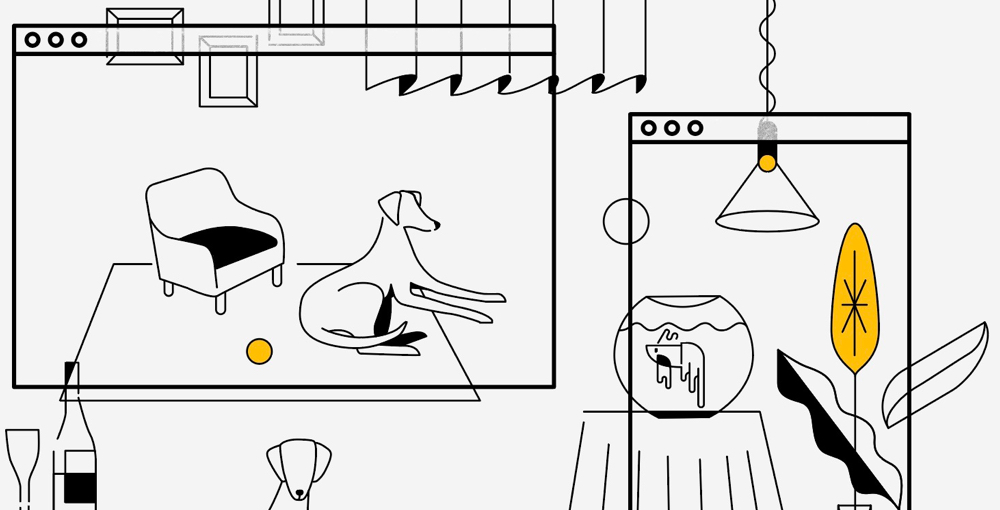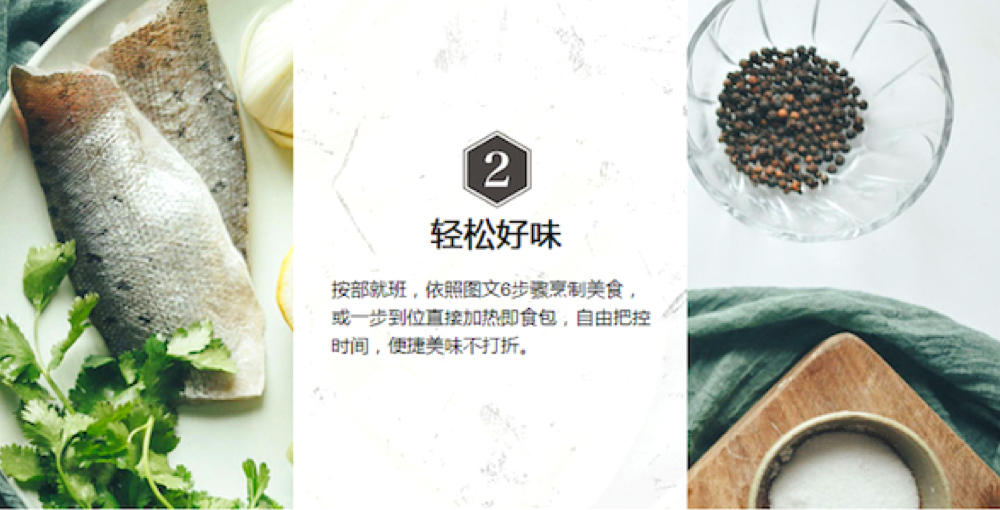

Year 2016-2017
Tools and methods: Stakeholder interview, In-depth interview, Personas, Survey, User journey mapping
Company: EF
Field Location: Shanghai, Chengdu, Beijing, Shenzhen, Nanjing
Team: Chao Su, James Wu, Majia Mickols, Tamsyn Brownie, Yuying Mesaros
Background
EF Education First is the World Leader in International Education. We have a team of over 100 people producing 12 products serving over one million students studying with 2000+ teachers, both on-site, and through online classes. As the senior researcher in user experience design team, we plan and conduct user research to support multiple business units for global markets to identify opportunities for both B2B, B2C market and to optimize our product offer.
My Role
Involvement in the early stage of the project to identify issues and problems and define KPIs. Design training workshops to facilitate the user-centered culture along the project. Design the research methodology. Planning, recruitment and conduct user research. Led workshops with teams to share the findings. Survey design.
Business challenges
China is the biggest market of EF on-site learning. However, the existing teaching content is not designed for non-romance native language speakers, but for European learners. Therefore, overall beginner leaners in China achieve very little academic success and hold a much higher refund rate than students of any other entry level. Based on the business challenges, our goal is 1) identify the beginner student learning issues 2) optimize our product and service offer for beginner students
Research process
The project starts withstakeholder interviewswith two purposes 1) being clear on the business goals with selecting the right key performance indicators (KPIs) to measure the success of project 2) allocating the resources for the project.
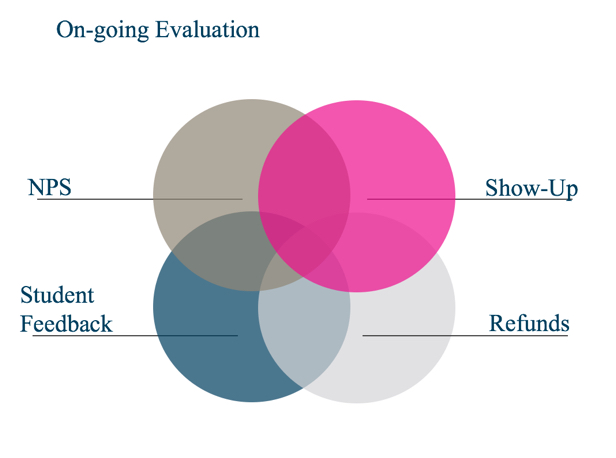
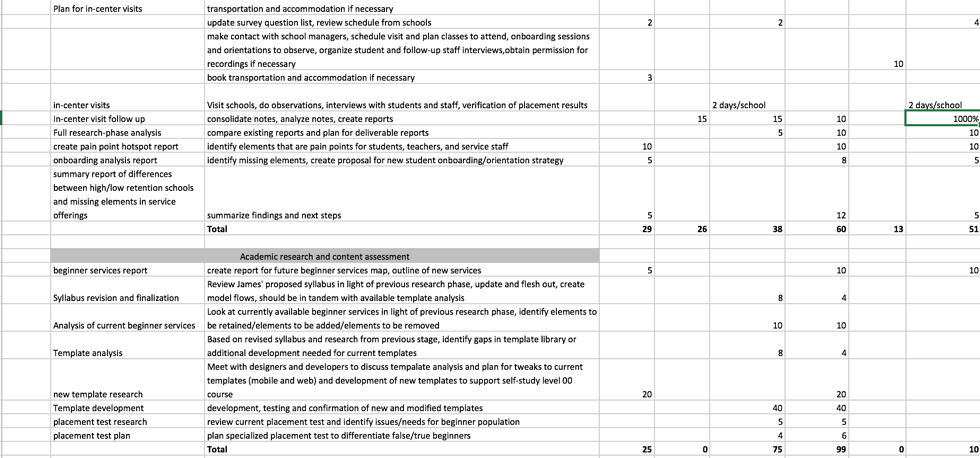
The product optimization‘s KPI is to improve the satisfactory score and lower the refund rate of current beginner students by redesigning the online learning materials. The qualitative research objects to provide context to BI data and quantitive research to validate the problems and demonstrate correlations. Based on our research, we enhanced our product on the level of academic and user experience.
At the planning phase, we’ve donecontextual inquiryto walk into the school, to observe the class, to talk to students, teachers, service people, operation team, customer relationship team to get familiar with the context.
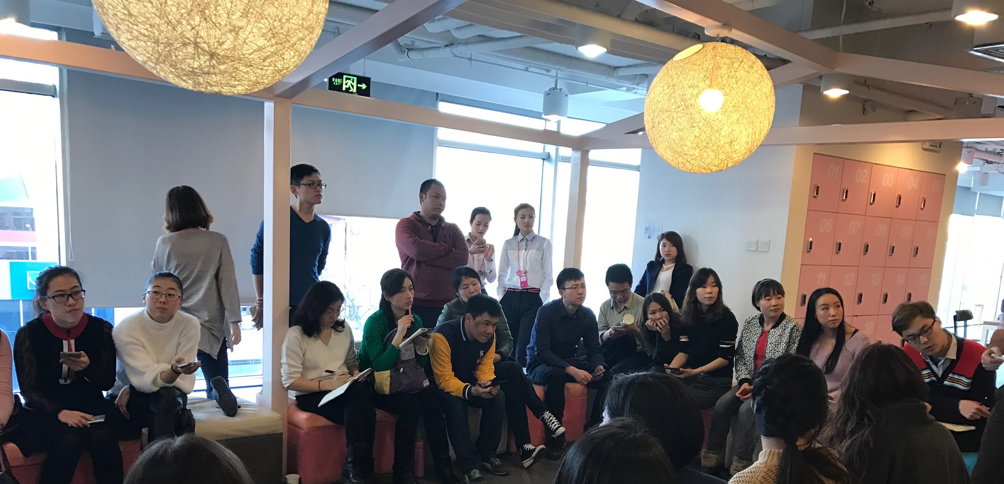
This study is designed with two phrases, qualitatively to discover the context, build up personas and quantitatively to validate findings on a bigger scale and thus to prioritize possible solutions. The team is composed of user researchers, academic practitioners and digital product designers.
For recruitment, we’ve gone through the refunded student profiles analysis based on usage data to identify the most relevant sample user profiles in the groups of dropped out accounts and frozen accounts.
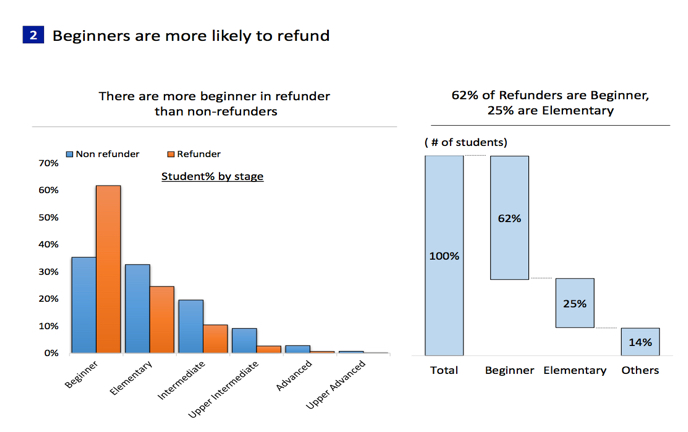
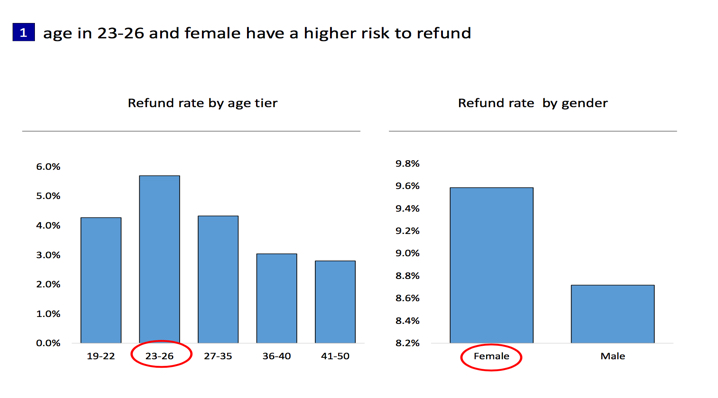
30 in-depth interviews are conducted in Tier1-2 cities in China to investigate their learning frustrations and alternative learning materials. Based on that, we were able to produce the beginner profile to communicate easily inside the teams.
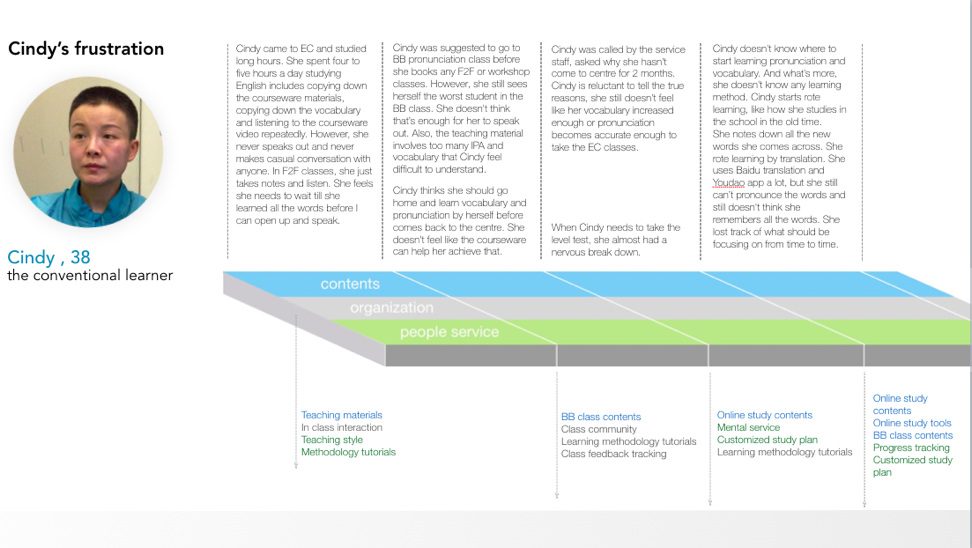
Together with content design team and product design team, ideation workshops are held to transform qualitative findings into survey to validate problems and possible solutions.
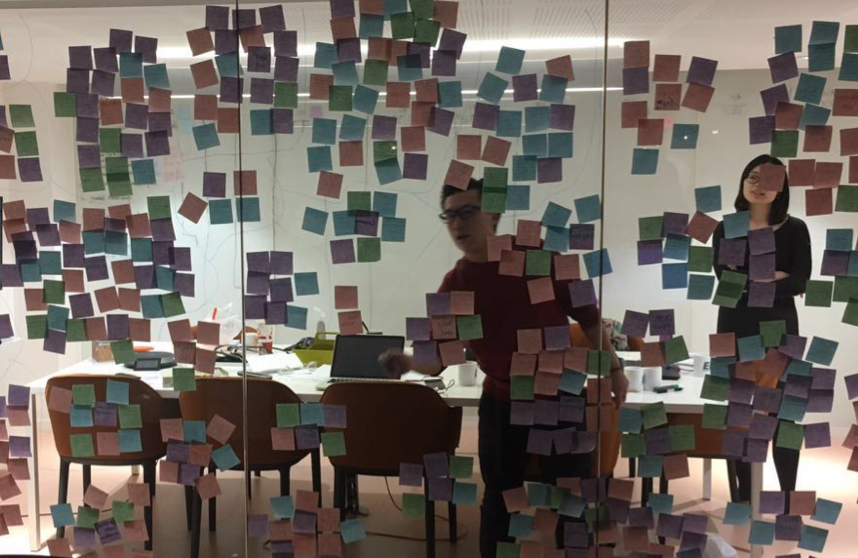
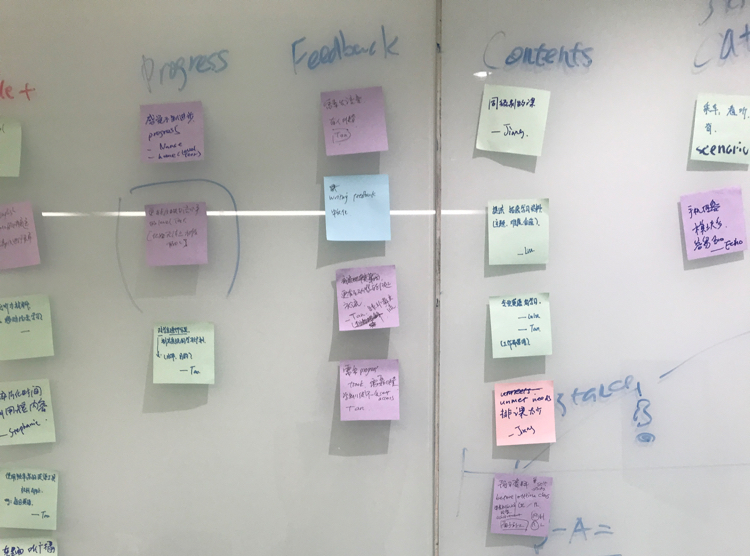
Based on findings of the small data, we’ve launched both surverys for students and service staff. 2700 valid responses are collected by student survey to be further analyzed. And this piece of research supported multiple product teams to come up with new product design. They were tested and validated before launch in school by various measurements. The research findings were archived on the Confluence throughout the process.

